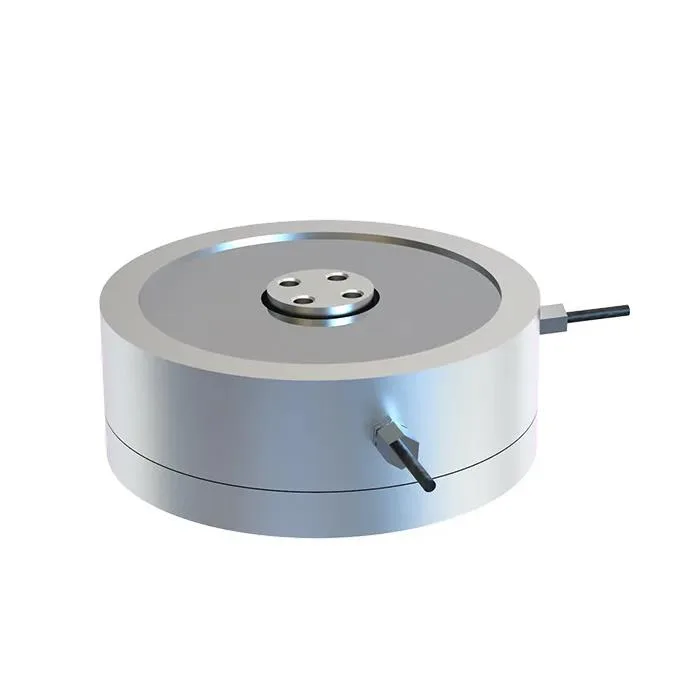Sensors are important in AI robotics. They help robots perceive and interact with their environment. These intelligent machines rely on a range of sensors to gather data and make informed decisions. In this article, we will talk about the important sensors that AI robots need. These sensors help the robots move around, handle objects, and interact well in different situations.
Vision Sensors: Seeing the World
One of the primary sensors AI robots need is vision sensors. These sensors, such as cameras and depth sensors, enable robots to “see” and understand their surroundings. Cameras take pictures that robots use to see and understand things around them. Robots use depth sensors, such as LiDAR, to make precise 3D maps for navigation and avoiding obstacles. AI robots use vision sensors to gather information, so they can work independently and do hard tasks.
Force Sensors: Enhancing Manipulation Skills

The 6-Axis Force Sensor detects forces in multiple directions: up, down, side to side, forward, backward, and rotation. AI robots can measure forces to understand object interactions and adjust their movements.

The 2-axis force sensor measures forces along two linear axes (X, Y) or a single linear axis (Z). Although less common than other force sensors, it can still accurately measure forces in one direction.
Other Essential Sensors
While vision and force sensors are crucial for AI robots, there are several other sensors that enhance their capabilities:
- These sensors help AI robots detect the presence of objects or individuals in close proximity. Robots can sense nearby objects using technologies like capacitive sensing or infrared beams. This helps them navigate crowded places and avoid collisions.
- AI robots gather data about their environment using sensors that measure temperature and humidity. Temperature sensors can monitor the air temperature, and humidity sensors measure moisture levels. These sensors are very helpful in climate control systems and monitoring the environment.
- AI robots equipped with audio sensors, such as microphones, can perceive and interpret sound cues. They can recognize commands, respond to voice prompts, or even detect specific sounds within the environment. Audio sensors are important for human-robot interaction. They help AI robots understand speech and process language.




